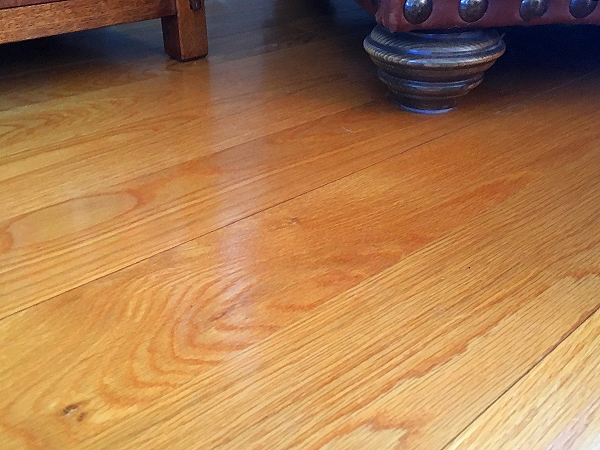
In our previous home, we installed solid oak flooring, in which the width of the boards covered a room that was 14 feet wide. I always wondered why solid wood this wide didn’t move across the grain more than it did. My only guess is that the forces that cause the expansion are less than the retention the oak had to the plywood subfloor. Any other thoughts? – Roger Mickelson
Tim Inman: There are several possibilities for your floor conundrum. If the oak flooring was rift-cut or quartersawn, then the swell and shrink — the movement — is in the up and down perspective (through the thickness and not across the board width). Here’s another possibility: most hardwood floors are laid with a significant gap between floor and wall all around the perimeter of the room. This gap is hidden under quarter round molding and the base shoe molding that finishes the job. The horizontal swell and shrink that occurs with flatsawn flooring moves in this space unseen. Still another possible answer — which is the worst case — is that the flooring was actually buckling a little when it swelled, and you just weren’t noticing it. True, as you point out, the swelling and shrinking is minimized by having the wood indoors in a controlled heat and humidity environment, but it will still move a little.
Old-time porch flooring was always quartersawn. This allowed the porch floor to move up and down when it got wet, instead of moving horizontally and causing buckling troubles. I’ll bet your flooring was probably riftsawn, and the swelling and shrinking was happening more vertically than horizontally.





